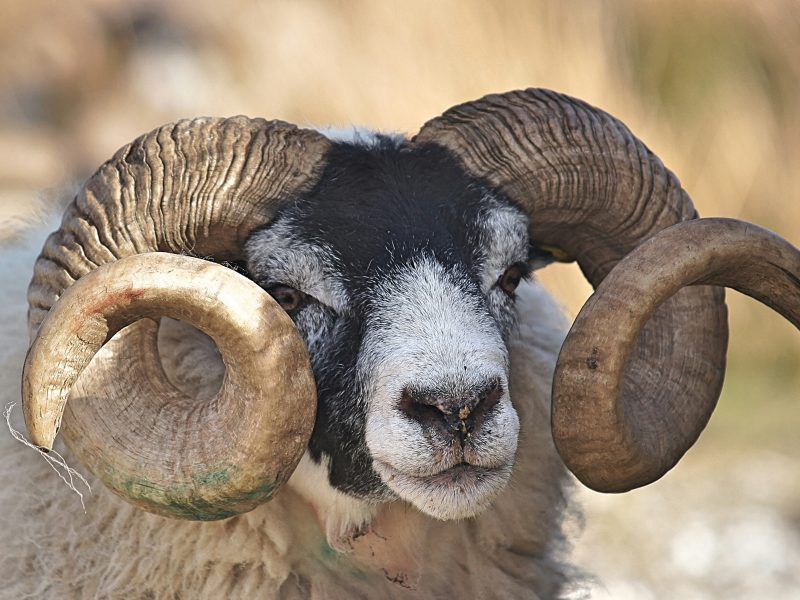Birth, marriage, and death, which constitute the three main stages of human life, are marked by different events, rituals, and traditions in all cultures and eras. For the Turks, with a history spanning thousands of years, death has been accompanied by various emotions and traditions. Among these, tombstones serve as crucial documents that also reveal the spiritual identities of Turkish communities. Throughout Anatolia, historians and researchers come across tombs adorned with cob-sculpted figures. By examining these graves, one can understand how the Turks lived at that time and their perspectives on death. The long-standing tradition of ram sculpted tombs in Anatolia continues to bear witness to history.
Ram, Sheep Sculpted Graves, and Central Asian Turks
A Turkish tradition involves stone sculptures, often referred to as coach or village sculpted headstones, or Balbal. This tradition, which originated in the Altays of Central Asia, has found its way to Anatolia and can now be seen in various cities, towns, and villages. Borisenko and Khudhakov were the first to study this topic, presenting their findings at a Siberian symposium. According to them, sculptures of rams, sheep, horses, and lions were a Turkish custom for headstones, initiated by the Turks in Central Asia. Chinese sources also indicate that sculptures of rams, sheep, and horses were primarily associated with the Turks, evolving over millennia.
Rams, sheep, and horse statues in Turkish graves carry profound symbolic meanings from a historical perspective. This tradition, rooted in Central Asia, views the ram statue as a symbol of strength. Both the ram and village statues represent protective forces. Interpreted within the Islamic framework, they signify sacrifices made to both the heavens and the earth. Thus, the use of ram and sheep statues on tombstones symbolizes strength, protection, and devotion to God for the soul resting beneath. In ancient burial sites, one encounters rams and sheep at the entrance to all Göktürk-era tombs.
History of Ram-Adorned Tombstones in Anatolia
For the first time in history, ram sculpted tombs in Anatolia appeared in the 7th century. Armenian historian Moisey Kagankatvasi notes in his work, “History of Agvan,” that such tombs are plentiful, especially in the Eastern Anatolian Region and Azerbaijan. The Turks referred to in this context are believed to be patient ones. Arab historians have documented that the Kipchak and Kuman Turks, who migrated to Anatolia, crafted tombstones with ram statues during three distinct periods. These graves are referred to as sandbox tombs or Kipchak tombs.
In Eastern and Southeast Anatolia, Ram-Adorned Tombstones
While these tombstones are found throughout Anatolia, the majority of extant ram-sculpted tombstones are located in the Eastern and Southeast Anatolia regions. Particularly during the reigns of the Turkmen states of Karakoyunlu and Akkoyunlu, these tombstones were more prevalent in areas predominantly inhabited by Alevis. Research indicates that in regions surrounding Mus, Erzurum, Erzincan, Bingol, and Tunceli, one can find not only ram sculptures but also those of mountain goats, sheep, and horses.
Kosker Baba Hill and Graves
Located between Bingöl and Varto, Kosker Baba Hill remains a historic site frequented by many. After his death, Kosker Baba, who was venerated in his time, gave his name to this hill, where one can find tombstones with ram sculptures. This hill has become a pilgrimage site, attracting individuals with various wishes, particularly those seeking marital blessings.

